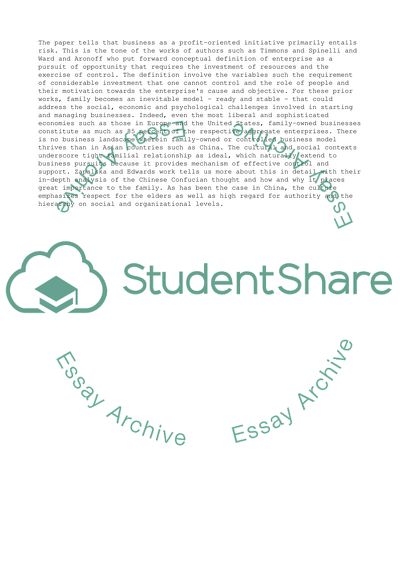Cite this document
(“The role of family members in the prospects of female entrepreneurs Literature review”, n.d.)
The role of family members in the prospects of female entrepreneurs Literature review. Retrieved from https://studentshare.org/management/1635671-the-role-of-family-members-in-the-prospects-of-female-entrepreneurs
The role of family members in the prospects of female entrepreneurs Literature review. Retrieved from https://studentshare.org/management/1635671-the-role-of-family-members-in-the-prospects-of-female-entrepreneurs
(The Role of Family Members in the Prospects of Female Entrepreneurs Literature Review)
The Role of Family Members in the Prospects of Female Entrepreneurs Literature Review. https://studentshare.org/management/1635671-the-role-of-family-members-in-the-prospects-of-female-entrepreneurs.
The Role of Family Members in the Prospects of Female Entrepreneurs Literature Review. https://studentshare.org/management/1635671-the-role-of-family-members-in-the-prospects-of-female-entrepreneurs.
“The Role of Family Members in the Prospects of Female Entrepreneurs Literature Review”, n.d. https://studentshare.org/management/1635671-the-role-of-family-members-in-the-prospects-of-female-entrepreneurs.


